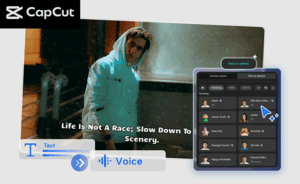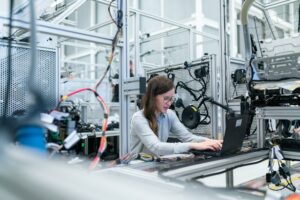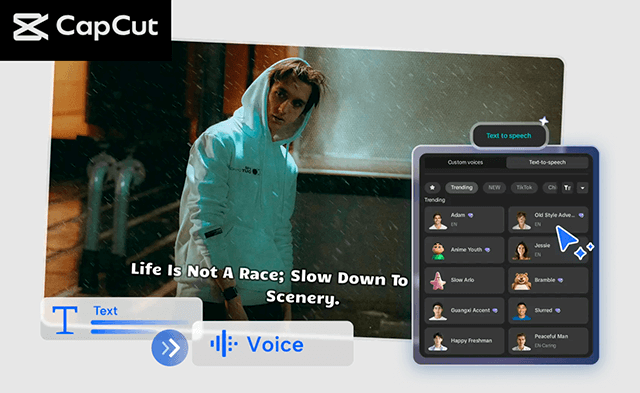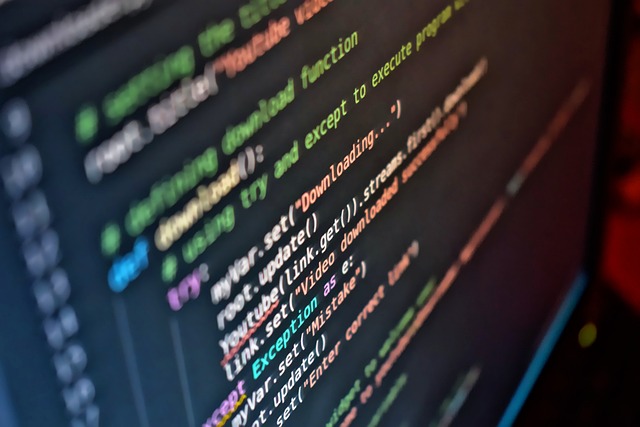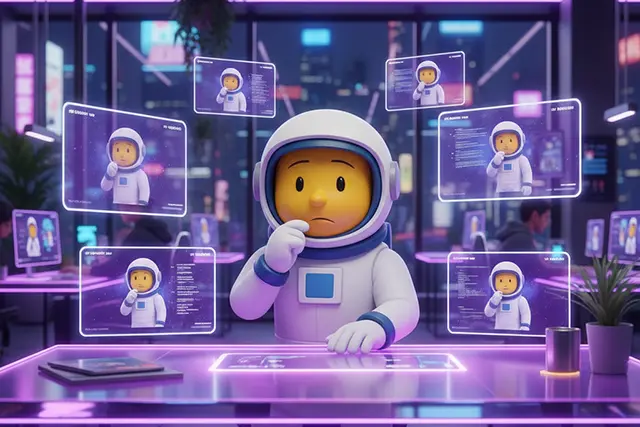What is Virtual Production and Who It’s Revolutionising Commercial Filmmaking
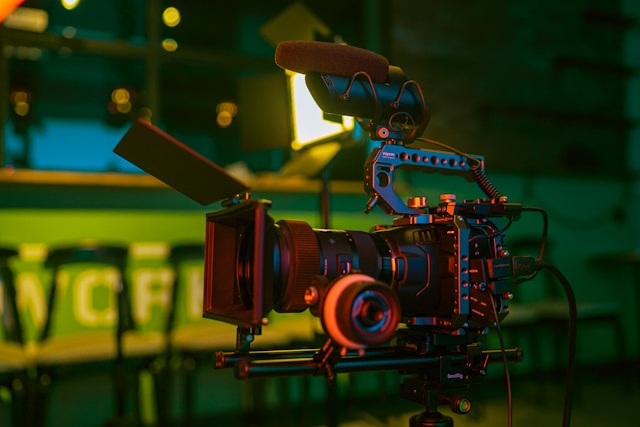
In the fast-paced, ever-evolving world of media and content creation, the rise of virtual production has marked one of the most significant turning points in how commercial films and branded content are made. With technological advancements reshaping traditional filmmaking methods, production houses and brands alike are rethinking how they approach storytelling.
Right at the heart of this revolution is SP Studios, a cutting-edge video production studio pushing the boundaries of what’s possible in modern content creation.
In this in-depth article, we’ll explore what virtual production is, why it’s becoming the industry standard, how it transforms commercial filmmaking, and what brands should know before making the switch.
Table of Contents
What is Virtual Production Studio?
Virtual production refers to a combination of physical and digital filmmaking techniques that allow creators to visualize, simulate, and execute scenes in real-time. It blends traditional filmmaking (like cameras and lights) with advanced technologies such as:
- LED volume walls
- Real-time rendering engines (e.g., Unreal Engine)
- Motion capture (mocap)
- Green screens and compositing
- Virtual cameras
The goal is simple: streamline the production process by merging pre-production, production, and post-production into a more integrated and efficient workflow.
For example, instead of flying a full crew to Iceland for a snowy mountain scene, filmmakers can generate a hyper-realistic digital environment and shoot it locally in a studio using LED walls. The results are not only visually stunning but also cost-effective, faster, and much more flexible.
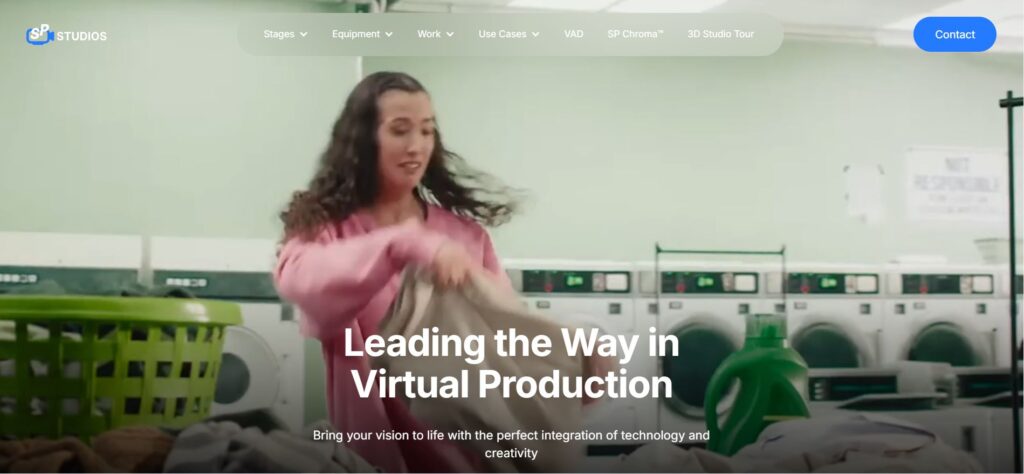
The Origin: From Hollywood to Commercial Studios
Virtual production gained international attention through productions like The Mandalorian, which showcased how entire environments could be digitally rendered and shot in-camera using LED volumes. Once the technology proved itself on a blockbuster level, commercial production studios like SP Studios began to adopt it for advertisements, branded content, music videos, and more.
Today, even small-to-medium-sized businesses are exploring virtual production to stay competitive and visually impressive in a saturated digital market.
Key Technologies Behind Virtual Production Studio
1. LED Volume Walls
These giant walls made of LED panels display 3D environments in real-time. They replace traditional green screens by allowing actors to interact with the background, which shifts perspective as the camera moves (thanks to parallax tracking).
2. Game Engines (Unreal Engine, Unity)
Real-time rendering engines create interactive and lifelike environments. The same software used in high-end gaming is now driving cinematic visuals.
3. Motion Capture (MoCap)
Actors wear suits that track movement and transfer it to digital avatars or characters, making animation far more natural and efficient.
4. Virtual Cameras
Directors can scout locations, block scenes, and rehearse camera angles in a fully digital environment long before a real camera is turned on.
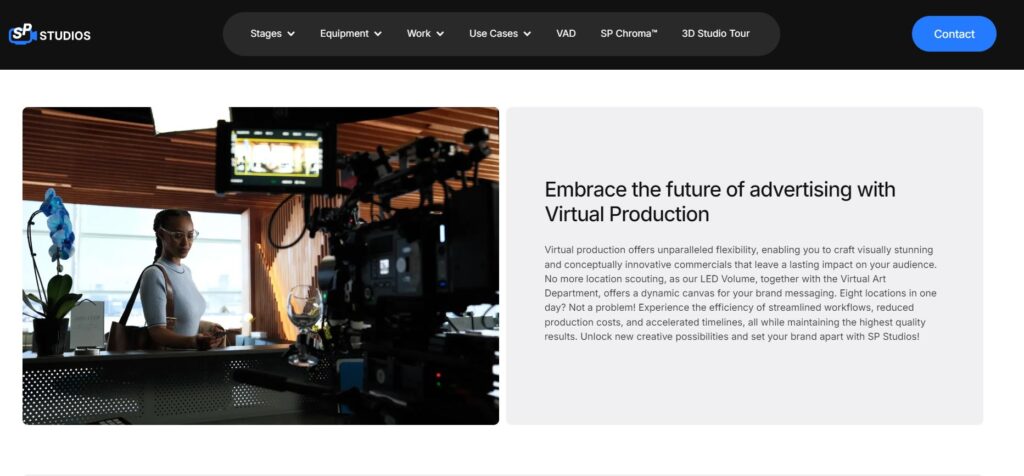
How It’s Revolutionising Commercial Filmmaking
Here’s where it gets interesting. Virtual production doesn’t just benefit big-budget blockbusters; it’s fundamentally changing how brands and agencies create content.
1. Faster Turnaround Times
With virtual production, what used to take weeks or months location scouting, set building, weather planning, travel logistics can be compressed into days. You can prep, shoot, and post-produce in one place, faster than ever.
2. Cost-Efficiency
Yes, the upfront investment in LED walls or 3D assets can be high, but for production studios doing regular shoots, the long-term ROI is undeniable. No travel, no location permits, no weather delays just plug, shoot, and publish.
3. Unlimited Creativity
Want your product launch to take place in a sci-fi world, a floating island, or inside a luxury penthouse? Virtual sets remove all physical limitations. Your imagination becomes the only boundary.
4. Better Client Collaboration
Clients can see scenes unfold in real-time instead of waiting for post-production. This means faster feedback loops, fewer revisions, and better alignment on vision.
5. Consistent Lighting and Quality
One major challenge in traditional filmmaking is matching lighting across different scenes and days. Virtual production gives total control over lighting, ensuring every frame looks exactly how it should.
Industries Benefiting from Virtual Production Studio
It’s not just Hollywood reaping the rewards. Brands across multiple industries are leveraging this technology:
- E-Commerce & Retail – Create immersive product videos without building multiple sets.
- Fashion – Runways, lookbooks, and virtual showrooms come alive with limitless background options.
- Corporate & Educational Videos – Deliver more engaging narratives without breaking the bank.
- Automotive – Showcase cars in dynamic, simulated environments from cities to deserts.
- Music & Entertainment – Music videos are now becoming short films with massive visual punch.
Why Virtual Sets Outperform Traditional Shoots
It’s not about replacing traditional shoots entirely, but there are undeniable advantages. Let’s break it down:
| Aspect | Virtual Production | Traditional Shoots |
|---|---|---|
| Location Flexibility | Infinite virtual locations | Limited to physical availability |
| Weather Dependency | Controlled indoor shooting | Prone to delays & inconsistencies |
| Set Costs | One-time digital asset creation | Rebuild for every new scene |
| Travel Requirements | Minimal to none | Often involves flying crew & cast |
| Post-Production | Integrated into production | Heavily delayed to final stages |
The Business Case: Why Brands Are Making the Switch
For businesses focused on ROI, engagement, and brand recall, virtual production checks every box.
- Faster go-to-market cycles = more agility
- Visual storytelling = stronger audience retention
- Brand consistency = better customer experience
- Reduced cost over time = better margins
brands like Nike, IKEA, and BMW are already making massive strides in using virtual content to drive customer engagement.
Cyclorama Studios vs. Virtual Sets
Of course, there’s still a place for cyclorama studios especially when shooting minimalist product content or editorial portraits. The infinity wall of a cyc studio offers a timeless, clean aesthetic. But compared to virtual production, it’s a more static environment.
Challenges and Considerations
While virtual production is powerful, it’s not without challenges:
- Learning curve – Teams must be trained on new tools like Unreal Engine or MoCap software.
- Initial investment – Setting up a virtual production stage isn’t cheap.
- Creative planning – The pre-production phase is more technical and crucial than ever.
That’s why working with an experienced video production studio like SP Studios is essential. They not only provide the tech but the creative expertise to fully leverage it.
How to Get Started
If you’re a brand, agency, or creative team looking to explore virtual production, here’s how to begin:
- Consult a Studio – Work with experts like SP Studios to understand the scope, budget, and creative needs.
- Define Your Goals – Know what kind of content you want: a product launch, brand film, training video?
- Previsualize Everything – Plan as much as possible in advance.
- Leverage Existing Assets – Use stock 3D environments to save costs.
- Test and Learn – Start with a small project to learn and scale from there.
The Future is Already Here
Virtual production is not a trend it’s the new standard. As brands look for new ways to engage their audience with faster, more immersive, and scalable content creation, virtual filmmaking offers the perfect solution.
Partnering with a visionary video production studio like SP Studios allows you to harness the power of this game-changing technology whether you’re a global brand or an emerging business ready to make a bold statement.


